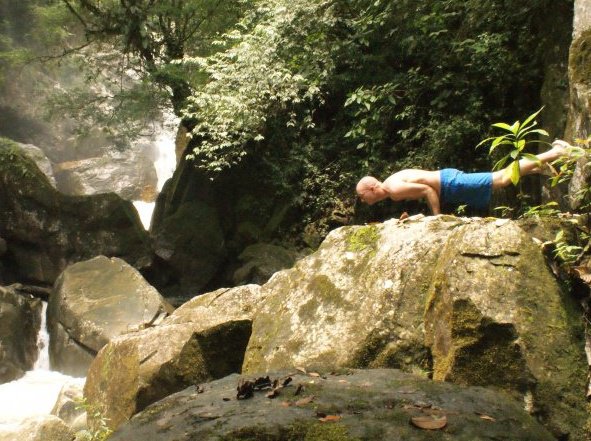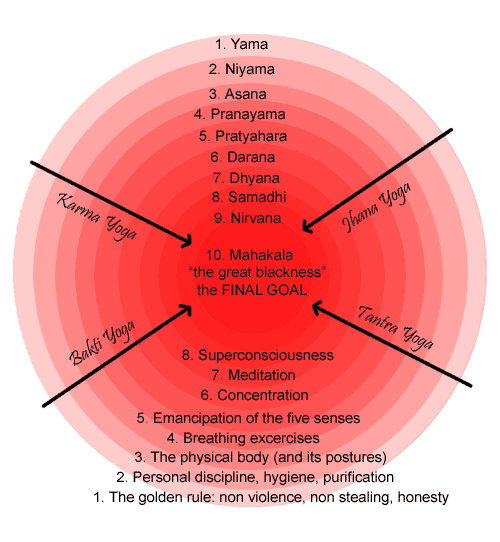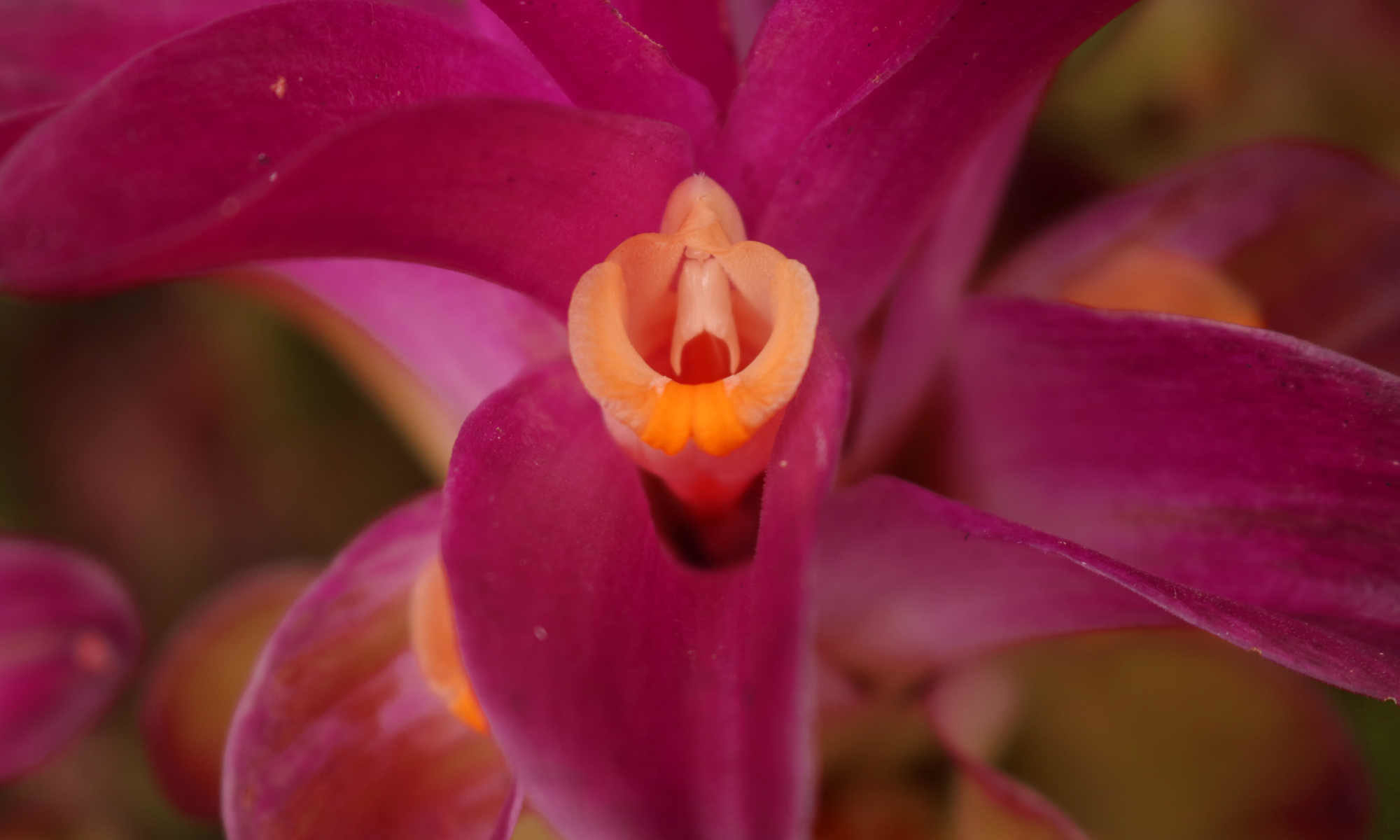Inner peace cannot be purchased or sold, nor can it be downloaded or e-mailed. The good news is that you already have it within you. If you have not found it yet, you are probably not far from finding it. The most common reason for not finding inner peace is that we instead chase after small portions of outer peace. We tell ourselves that we have found inner peace, and we stop searching for true inner peace before even beginning to search within. The following tips will help you to distinguish true inner peace from its impostor, outer peace.
Inner peace vs. outer peace
Inner peace is always within you, while outer peace depends on one or more outside circumstances. Inner peace was within you before you were born, will be with you after you die, and it is in you now, even if chaos surrounds you. Outer peace comes and goes depending on external circumstances, such as soft music or nature sounds, a relaxing massage or a yoga class. Inner peace is permanent; outer peace is temporary.
Yoga and the search for inner peace
Yoga is designed to help you find inner peace, and all true yoga masters have found it.
Every yoga practitioner knows the peaceful feeling that they get after each and every yoga class. And each yoga class will hopefully open a path to inner peace more or less scientifically. Meanwhile, soft music, incense and candles create the peaceful sensations. Slow and steady movements often culminate with everyone lying flat on a warm wooden floor under cozy blankets as the instructor recites loving verses from an ancient text, or from the heart. This is beautiful, outer peace.
Inner peace requires none of this. Inner peace cannot be lost in a traffic jam, nor can it be taken from you in an armed robbery.
Some yoga practitioners will admit that yoga is their drug. The instructor is the dealer. Student often seek their instructor again and again to “acquire” more peace. Unfortunately, the peace that can be “obtained” from any outside source is always shallow and temporary.
Inner peace on the World Wide Web
If you search the Web for “Inner Peace”, thousands of images will come up, most depicting a lone person in nature, as if to suggest that you may acquire inner peace by traveling to a lonely place, then sitting cross-legged with your eyes closed as your personal photographer captures you and the beautiful scenery that you don’t mind missing because you will be able to see it on Instagram later. This is definitely outer peace, because it required things outside you, such as a plane ticket, a curious rock formation, and either a camera man or a tripod.
Inner peace depends solely on one’s attitude and actions.
Engaging in some relaxing activity is not the kind of action that will allow you to find inner peace. The specific action that is needed is to love. Yes, it sounds simple, but most people do not do it consistently enough to understand that this is the only method of finding that never-ending supply of inner peace.

That which can be acquired can be lost. That which has always been your essence shall always remain.
–Michael Ducharme
To achieve a deep, permanent, inner peace, it will be necessary to find it deep within your core. Peace is your essence. Once you find it, it will remain with you regardless of your outward circumstances. Real and profound peace, once discovered, can never be lost.
Love is your essence… love generates peace.
Adopt the correct, loving attitude, and this will lead you to take appropriate actions in every aspect of life. Even if your outward circumstances seem chaotic, love the chaos, and you will generate peace.
Yoga: The Game of Life, The Game of Love
Most yoga classes only focus on physical postures and breathing exercises. This will direct your attention to a small part of your existence and leaves many parts of your existence unexplored. But yoga is, in fact, a complete “system” for living well. You may even think of it as a game. When it is “played” lovingly, the result will be a peaceful and successful existence. The following is a circle that represents the yogic game of life:

The outer circle, “yama“, means “control or observation” of the Universe as a whole. The yogic rule would be “to love the Universe”. And remember that to love is an action. It implies helping and caring for the others, including humans, animals, plants, rivers, etc. The only time that one should observe without acting is when there is no action needed. For example, if you like a flower, you may pull its stem, and ‘enjoy’ its withering beauty· To love that flower means to observe her, learn about her, and lovingly attend her needs.
The second circle, “niyama” means “to control and observe one’s immediate surrounding”. Therefore, take good loving care of your personal space. This includes personal hygiene.
The third circle, “asana“, refers to one’s posture, and this includes not only the poses and movements of the physical body, but also mental and spiritual postures too. Love your body, and ensure that it acts in a way that serves the needs of the soul.
The fourth circle, “pranayama” refers to observation and control of the life force energy, which is taken in primarily through the lungs. Loving this energy will lead you to avoid wasting it, and thus your reserves will continuously increase.
The fifth yogic circle is “pratyahara“, which is the freedom from the five notorious senses, which constantly direct your attention outwardly. Enjoy all existing circumstances through all your senses. But foster and retain control over your senses such that they do not distract you from your inward journey to lasting inner peace.
Once you have gained freedom from your five notorious senses (pratyahara), you can now concentrate (dharana) your energy inwardly for long enough to achieve superconsciousness (samadhi) through meditation (dhyana).
Focus inward for as long as it takes to attain the next level of consciousness.
Always remember that there is a yoga master deep in your heart. Find your inner peace, then guide others to find theirs.

